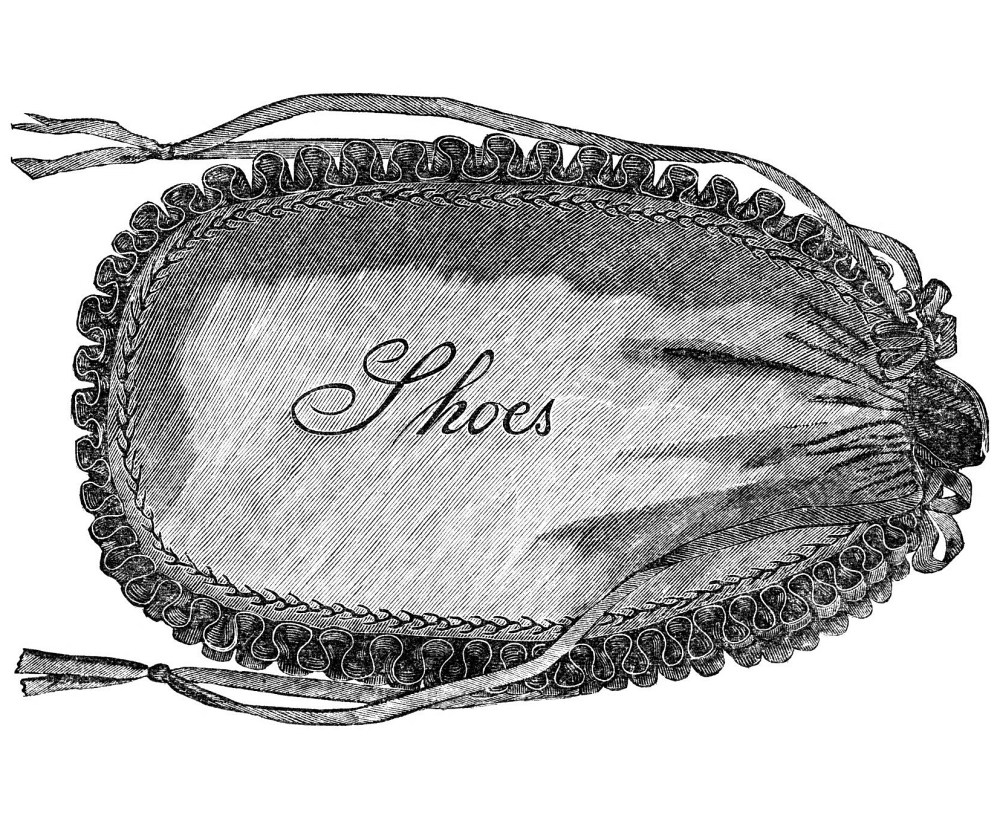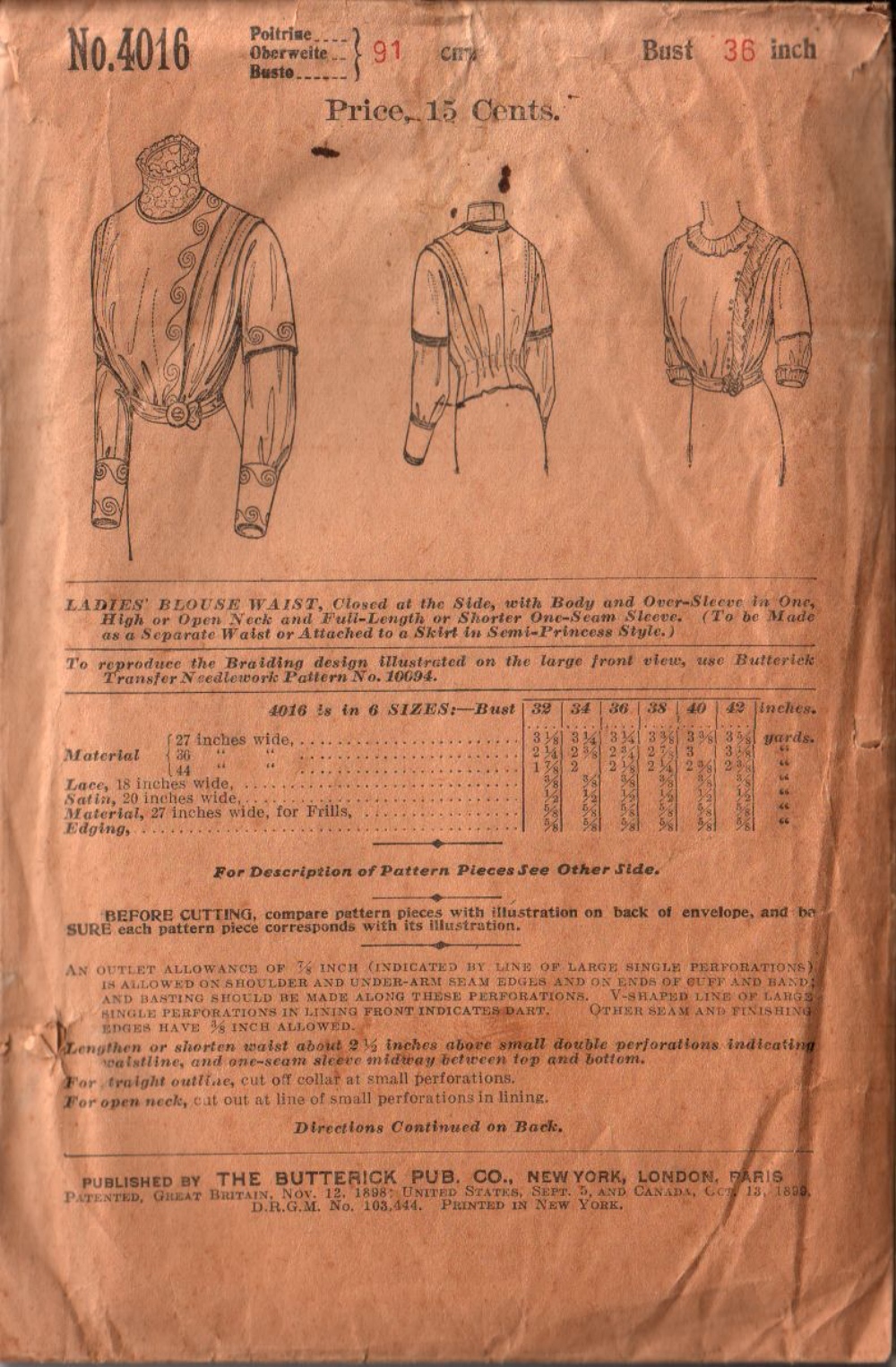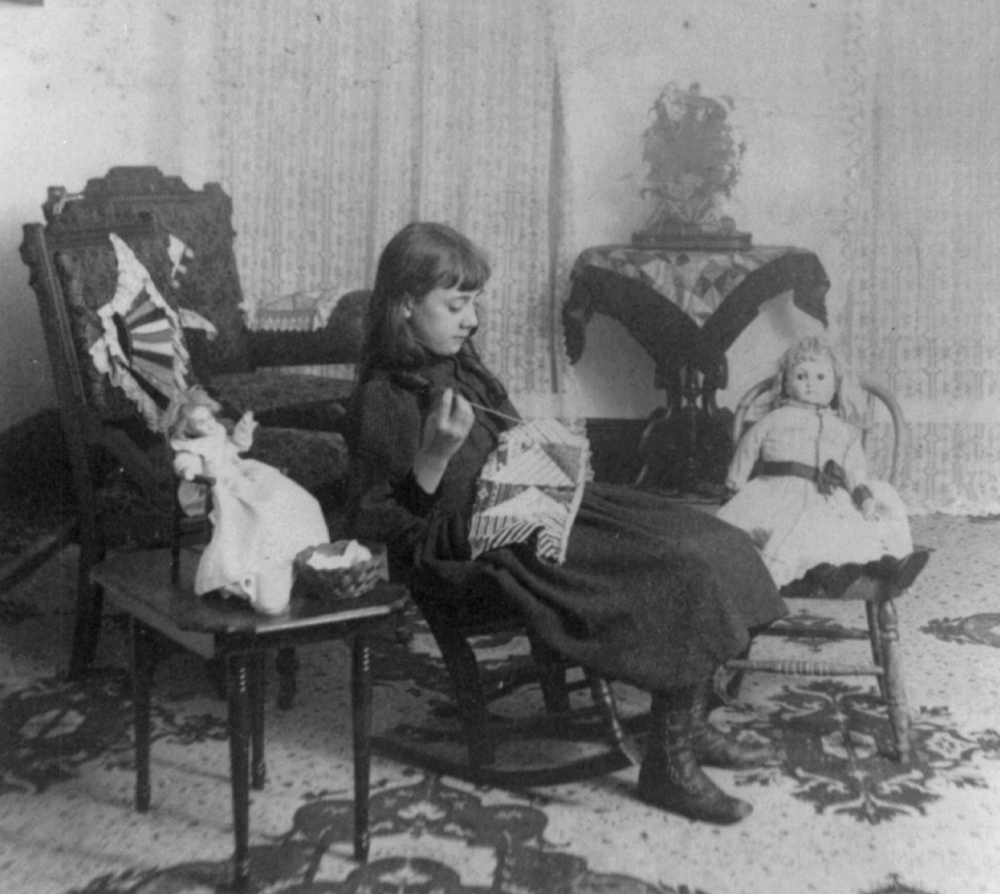The Reason Why Old Sewing Patterns Are So Hard to Work With
They really have changed a lot over the years.
It’s no great secret that how people sew today has changed a lot since the 1800s or even the 1900s. Once women had to sew everything cloth that their families might use, whereas today many people sew as a fun (or at least satisfying) hobby. Plentiful manufactured clothing has made home sewing even less common than it was 100 years ago, despite the rise in hobby sewists. So, how do old sewing patterns differ? And why are they so hard to read today?

In the old days many women didn’t even use sewing patterns for much of what they sewed. Inspirational illustrations in magazines like Godey’s Lady’s Book would have often been enough for many home sewists to get the gist of a piece. They they’d come up with their own creations, sometimes even without a pattern at all.
Paper was one more thing to buy and it was sometimes scarce, so the more one could do without the better.

To that end early pattern makers often only included one size in their pattern packets, already pre cut. This presumably saved them on paper costs during production, but it also meant that if you went up or down a size you might need to buy the pattern again to get the right size. It also meant that eyeballing whether something might fit could be more difficult as well.
Once you had the pattern then you had to make sense of it. Early patterns usually had no printed markings, instead using holes or perforations to mark the pattern pieces and to give some indication of how to line up the pieces. This also saved on production costs, but could make for a confusing sewing journey. And, heaven forbid you get the pieces mixed up while working on 2 things at the same time because they weren’t even marked with the pattern number most of the time.

But, assuming none of that could throw you then came the hard part: the directions. Old sewing patterns were skimpy with the directions. Examples from the 1800s were so sparse that they fit all the instructions on only the front and back of the envelope!
The reason that old patterns didn’t have much in the way of instructions was that it was expected that women, for whom these patterns were marketed, were presumed to already have an expansive knowledge of sewing and of how garments went together. Little girls were often given small sewing projects to work on at first, perhaps a doily or an antimacassar or even some doll clothes. Then they would move up to making blouses, dresses, and coats once they had mastered more of the skills needed.

It was considered only proper that girls should learn how to sew. Even into the 1960s manufacturers of trim would include a note with their products advertising grab bags of trim remnants and off-cuts for children to use in making doll clothes.
By the 1940s many women were sewing much less and sewing patterns included more directions, though not nearly as many as today. What would take half a page to explain to less experienced sewists today only took up a short paragraph on vintage patterns. Despite the frugality of the Great Depression and the the Second World War the era also saw more women going off to work and sewing was a task that was increasingly pushed to the back burner.

Today we expect that sewing patterns will explain every part of the process, sometimes to our own detriment. I can’t count the number of times I have been tripped up by overly wordy directions when following my instincts would have been so much easier.
That’s the difference today: many people are teaching themselves to sew rather than being taught at home by family members or in home economics classes and pattern companies have had to adjust to this new way of sewing.
SKM: below-content placeholderWhizzco for DOT

